Gwakji Beach (Gwakji Gwamulhaebyeon Beach) (곽지해수욕장 (곽지과물해변))
8.0Km 2023-02-16
Geumseong 5-gil, Jeju-si, Jeju-do
+82-64-728-3985
Gwakji Beach is a beach that has nice conditions including a 350-meter-long, 70-meter-wide white sand beach, an average water depth of 1.5 meters and a slope of about 5 to 8 degrees. Thanks to these conditions, a youth training facility was installed and groups of tourists visit here every year. Gwakji-ri is a historic village where shell mounds from prehistoric times were once excavated. According to a local legend, Gwakji Beach used to be a village in the ancient days, but one day, it became buried in the sand.
Sinchang Windmill Coastal Road (신창풍차해안도로)
8.6Km 2025-10-27
1322-1 Sinchang-ri, Jeju-si, Jeju-do
+82-64-740-6000
Sinchang Windmill Coastal Road, which continues along the western tip of Jeju Island, presents a view of windmills lined up along the road from an offshore wind farm. The view of white windmills and emerald-colored sea along the winding coastline offer a pleasant fall scenery. There are many other things that unfold before one's eyes as while looking out upon the blue sea, like Chagwido Island afar. The road is well-known for its beautiful sunset so it is a great place to take pictures and watch the setting sun. Along the coastal road is a trail named Eco Experience. It features a Kelp grouper statue, Wondam Experience Site and a rest area where visitors can take selfies with many different backdrops. The observatory located in the middle of the trail is relatively quiet and visitors are recommended to head towards the observatory after taking a few photos on their walk up from Sinchang Windmill Coastal Road.
Solhyang Bada Garden Aewol (솔향바다가든 애월)
9.0Km 2024-04-01
6113 Iljuseo-ro, Aewol-eup, Jeju-si, Jeju-do
Solhyang Bada Garden Aewol is a restaurant where visitors can eat black pork, Jeju's proudest specialty. Black pork has a chewier texture than regular pork, so travelers to Jeju should at least try it. The place is in the middle of the Janghanchul Trail, allowing one to enjoy the ocean view while enjoying the meal. The restaurant serves fresh black pork belly and neck from pigs raised in the clean and green environment of Jeju. There are also many side dishes that can be enjoyed with meat, including abalone and seafood hot pot, and kimchi jjigae with black pork slices. The restaurant allows pets.
Geum Parasitic Cone (금오름)
9.1Km 2025-10-23
Geumakbuk-ro, Hallim-eup, Jeju-si, Jeju-do
+82-64-740-6000
Geum Parasitic Cone is one of the most famous parasitic cones in the western mountainous region of Jeju. It is a satellite volcanic edifice that has a large circular crater (52 meters deep) and a crater at the summit, and the two peaks in the south and the north are connected by a low slope from east to west. The crater at the summit once held an abundant volume of water but it is now empty. The name Geum Parasitic Cone is speculated to have derived from an archaic word "Gom," which means "god." Therefore, it can be interpreted that this parasitic cone has been deified since the ancient times. Pines, cedars, briers, bo trees and Oriental photinia can be found near the circular crater and the lake area.
Handam Coastal Trail (한담해안산책로)
9.3Km 2024-04-01
Gwakji-ri, Jeju-si, Jeju-do
Handam Coastal Trail, also known as the Gwakgeum Olle Trail, is established along the shore from Aewol Port to Gwakjigwamul Beach. It beautifully harmonizes with the surrounding landscape. The trail runs 1.2 kilometers and visitors can walk on this coastal trail as waves crash right next to them. It is one of the "hidden gems of Jeju city" selected by the city in 2009 when 31 famous spots in Jeju-si other than the existing tourist attractions were chosen and announced. Uniquely-shaped rocks made by cooled and hardened lava grab the attention of passersby, and the trail that continuously winds along the beach featuring black rocks adds an element of excitement. Another appealing point is that it is a great place to watch the beautiful sunset as it is located on the west side of Jeju Island.
Yongsu Port (용수항)
9.4Km 2025-04-07
Yongsu-ri, Hangyeong-myeon, Jeju-si, Jeju-do
Yongsu Port is a small fisihing port located in the Yongsu-ri area of Jeju. It marks the end point of the Jeju Olle Trail Route 12 and the starting point of Jeju Olle Trail Route 13. The port offers a beautiful blue silhouette view of Chagwido Island, the biggest uninhabited island in Jeju. On both sides of the village, visitors can find Bangsatap towers, which are believed to protect the village.
Spirited Garden (생각하는정원)
9.5Km 2024-04-19
675, Nokchabunjae-ro, Hangyeong-myeon, Jeju-si, Jeju-do
The Spirited Garden, spanning a 36,000㎡ land, is divided into various thematic areas: fantasy, soul, inspiration, philosophers, junipers, tangerine, peace, and secret. This garden showcases a unique interpretation of traditional Korean garden art, with meticulous landscaping, bonsai collections, and distinctive rock formations set among lawns and volcanic features known as parasitic cones (Oreum). Additionally, the garden is enhanced by artificial elements, such as massive volcanic stone fences and gates, all handcrafted, as well as waterfalls and ponds that complement the stone structures.
Bomnal Café (봄날카페)
9.5Km 2024-02-20
25 Aewol-ro 1-gil, Aewol-eup, Jeju-si, Jeju-do
Bomnal café, the first to open on Handam Beach in Aewol, is celebrated for its Jeju hallabong ade. Known for its beautiful sea views, visitors can enjoy their drinks surrounded by colorful murals and charming gift items, all against the backdrop of the sea. The café also features a gift shop filled with Jeju souvenirs.
Spirited Garden (생각하는 정원)
9.5Km 2021-03-26
675, Nokchabunjae-ro, Jeju-si, Jeju-do
+82-64-772-3701
Spirited Garden is home to hundreds of bonsai plants in a natural garden with the theme of oreum (volcanic cone) and water. The name changed from Bunjae Arpia in 2007 to commemorate the 15th anniversary after opening and to renew the garden as an international garden. The history of the garden started in 1963 when Seong Beom-yeong, the founder of the garden, came to Jeju and cultivated the wasteland full of rocks. The garden came into the international spotlight as the beautiful space was created from the wastelands by a single farmer. The garden has been visited by many honored public figures such as Jiang Zemin and Hu Jintao from China, Nakasone from Japan, Kim Yongsun from North Korea and others. Currently, about 400 planted trees are on display. Also, visitors can see various facilities including stone walls and stone towers stacked with Jeju volcanic stones, the largest artificial waterfall in Jeju, and a pond filled with large carp at the base of the the waterfall.
Geumsan Park (Nabeup Subtropical Forest Zone) (금산공원 (납읍난대림지대))
9.6Km 2022-12-29
Nabeup-ri, Jeju-si, Jeju-do
+82-64-740-6000
Geumsan Park is a dense evergreen forest near a village in Aeweol-eup, Jeju-si. The forest is the sole evergreen forest remaining in the flatlands of western Jeju, and is home to tall evergreens and 60 species of subtropical plants. The forest is preserved and protected as a Natural Monument and a natural resource for academic research. Collecting plants and hunting in the forest are strictly prohibited.

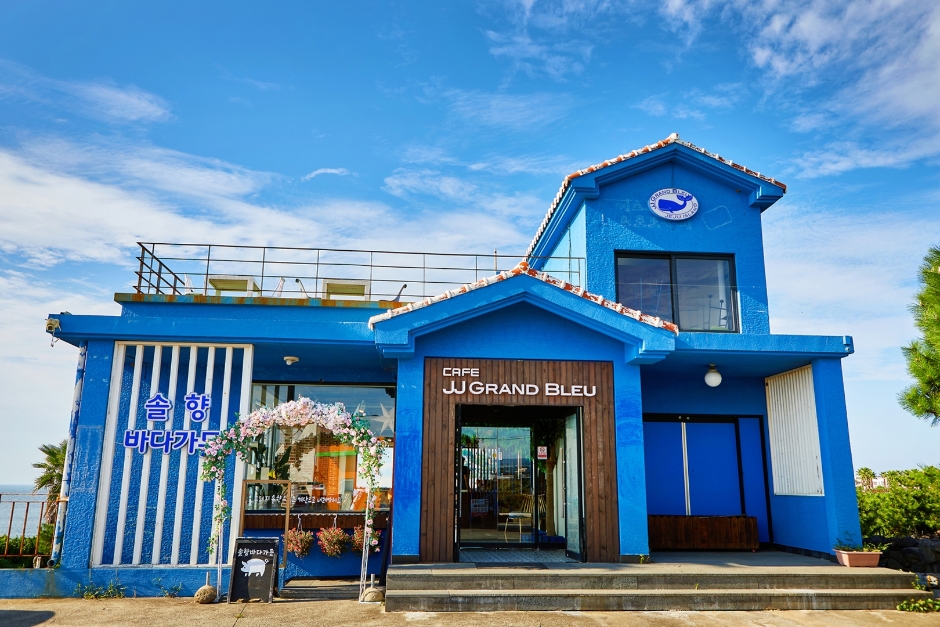
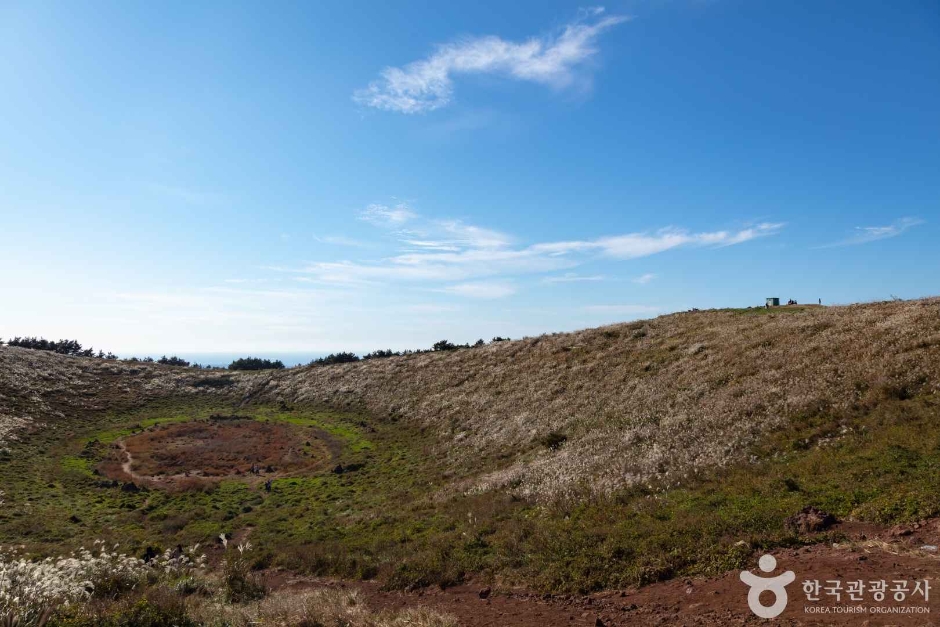
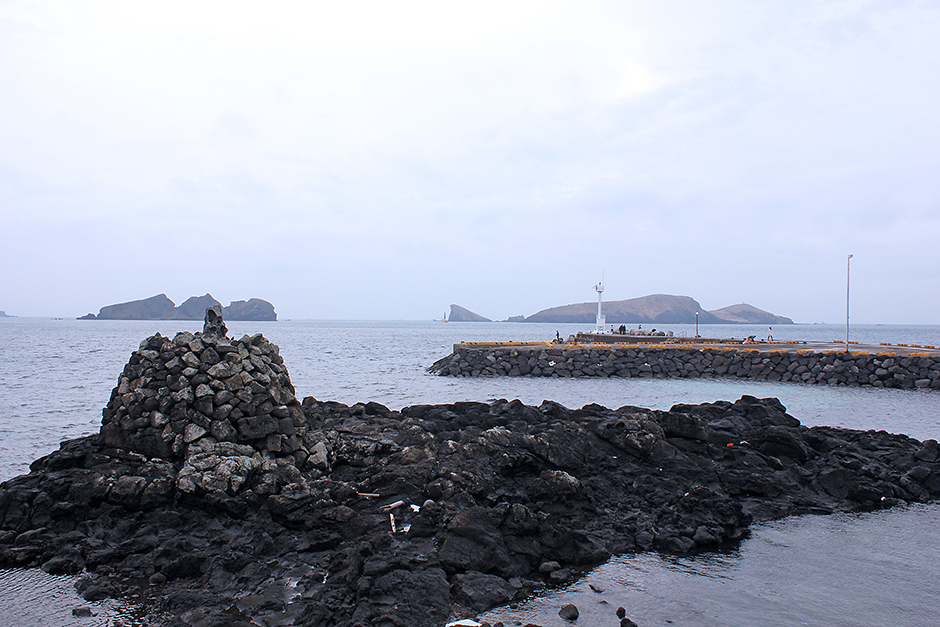
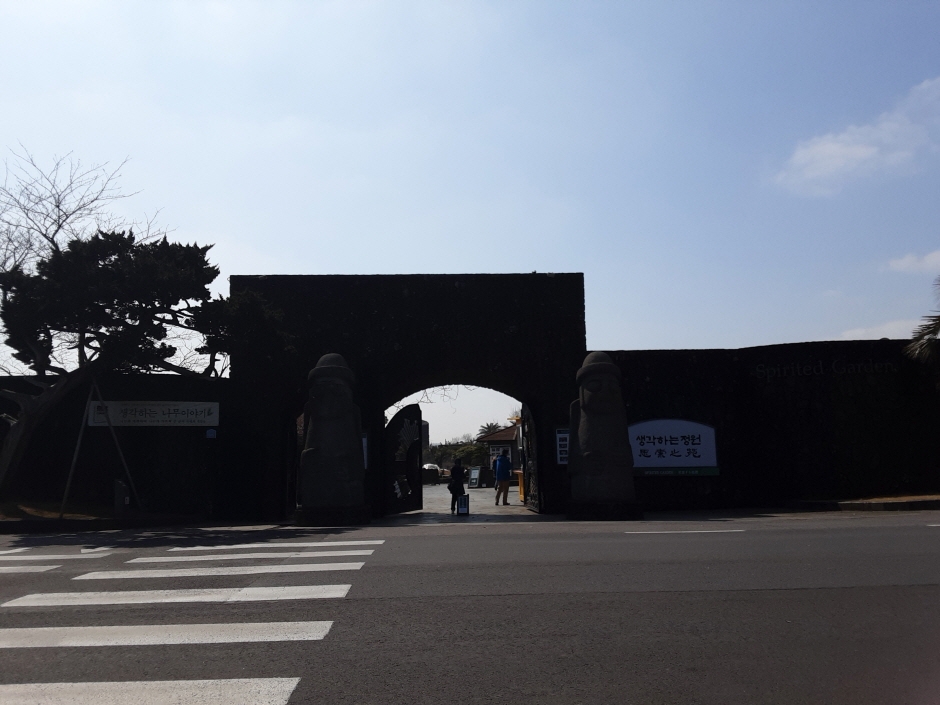
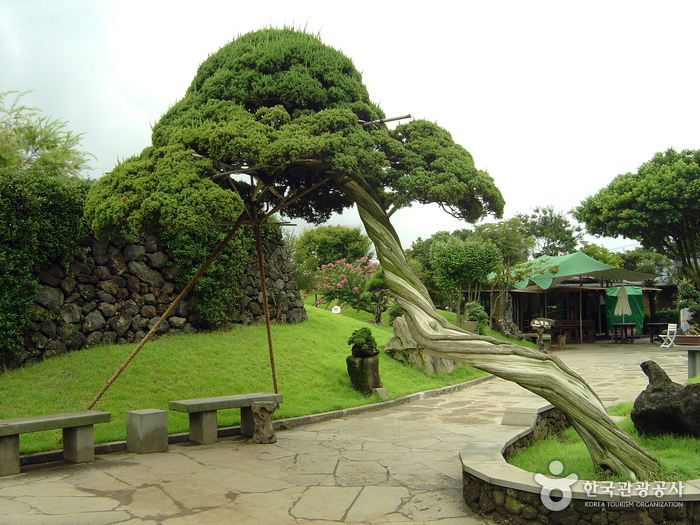
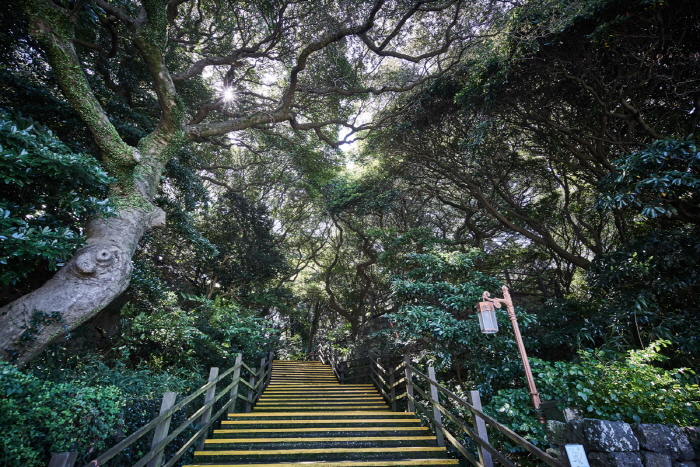
 English
English
 한국어
한국어 日本語
日本語 中文(简体)
中文(简体) Deutsch
Deutsch Français
Français Español
Español Русский
Русский